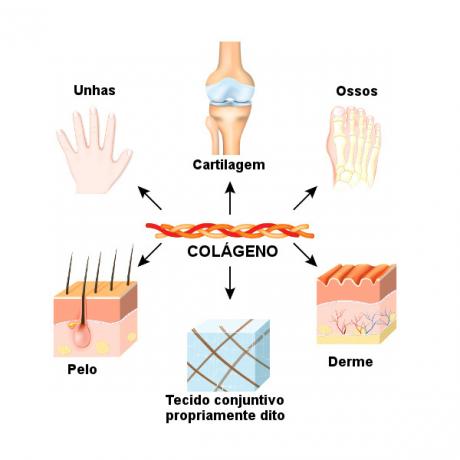Amensalism is the ecological relationship that occurs when an organism releases toxic substances that inhibit the growth or reproduction of other organisms.
Also called Antibiosis, is characterized as a disharmonious interspecific relationship.
In amensalism, there are two species involved: the species that releases the toxic substance, called inhibitory and the harmed species, called monthly.
For the inhibiting species, the relationship is neutral, it does not obtain any advantage or harm. Meanwhile, the amensal species has its development or reproduction impaired due to the substances released by the inhibiting species.
Examples of Amensalism
Fungi
The fungi of the genus penicillium they release substances that can prevent the proliferation of bacteria and even cause their death. However, the fungus has no benefit from this relationship.
An everyday example related to human beings is the use of antibiotics.
Antibiotics are medicines that are widely used to fight infections caused by bacteria and other microorganisms. The most common antibiotic is penicillin, a substance produced by the fungus
Penicillium notatum.large animals
A common example of ecological relationship of amensalism in nature, it is the simple passage of large animals through the ground. An elephant can, for example, crush a grasshopper under its feet. The locust population is affected, but the elephant is not.
Red tide
It is a phenomenon that occurs when there is a large concentration of seaweed dinoflagellates in the environment. These algae release a toxic substance, which concentrates in red spots in the seas and causes the death of many marine animals.
Learn more about Red tide.
allelopathy
Although it is often related to amensalism, allelopathy benefits one of the species.
In this case, one species is harmed, while the other is benefited.
Allelopathy is the inhibition of one plant species by another, through the release of substances produced by its secondary metabolism.
Allelopathic substances can affect: nutrient absorption, growth, photosynthesis, protein synthesis, membrane permeability and enzyme activity.
Allelopathic substances can be released by plants in the following ways:
- tissue leaching: Water-soluble toxic substances are leached from shoots and roots, as well as by rain or dew and carried to the ground where they are absorbed.
- Volatilization of aromatic compounds: Toxins are released in a volatile form through leaves, flowers, stems and roots. Thus, they can be absorbed by other plants through steam or condensed in dew.
- Root exudation: substances are released through the roots and can inhibit the growth of other species close to it.
By harming other species, the allelopathic species gains an advantage by being able to use the resources of the environment.
A species that presents allelopathy is the eucalyptus (Eucalyptus globulus).
Amensalism and Commensalism
Commensalism occurs when a species uses the leftovers of another's food, without harming it. As an example, we can mention the hyenas that take advantage of the hunting remains left by the lions.
Unlike amensalism, commensalism is an interspecific harmonic relationship.
In commensalism, one of the species benefits from the relationship, without harming the other.
And as we have seen, in amensalism, one of the species is harmed, while the other does not gain any advantage or harm.
Learn more about Commensalism.
Amensalism and Parasitism
In parasitism, one species lives at the expense of another, causing damage, usually without leading to death. One example is roundworms that inhabit the human gut.
In common with amensalism, parasitism is an inharmonious interspecific relationship.
However, in parasitism, the species that causes harm to others obtains advantages. While in amensalism, the species that causes the damage is not benefited.
Learn more about Parasitism.


